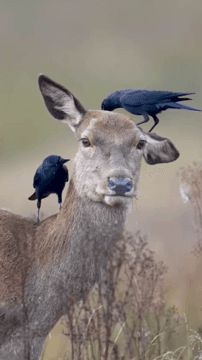
Caccia nella Foresta Umbra: Tra Faggi Seccoli e Tradizioni Garganiche La Foresta Umbra, situata nel cuore del Parco Nazionale del Gargano in Puglia, è un'area di straordinaria bellezza naturale che offre opportunità uniche per gli appassionati di caccia. Questa vasta foresta, che si estende su circa 10.000 ettari, è caratterizzata da una fitta vegetazione di faggi, querce e aceri, creando un habitat ideale per una varietà di specie selvatiche. Caratteristiche geografiche e naturali della regione dal punto di vista venatorio La Foresta Umbra si trova su un altopiano che raggiunge un'altitudine massima di 830 metri sul livello del mare. Il suo terreno variegato, composto da valli, colline e pianure, offre rifugi naturali per molte specie animali. La presenza di numerose sorgenti e corsi d'acqua contribuisce a mantenere un ambiente umido, favorendo la biodiversità. Demografia dei Cacciatori: Un Focus su Numero, Età, Sesso In Puglia, la caccia è un’attività molto diffusa, soprattutto nelle
Post: 3 June 14:09
















































